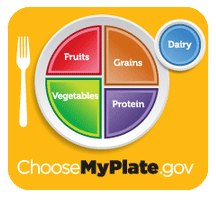Texas ranchers care for over 600,000 sheep. In the U.S., there are 3.8 million sheep. They are raised primarily to produce lamb and most are shorn to produce wool for clothing and other uses. A small number of farms milk sheep for cheese, yogurt, and other diary products.
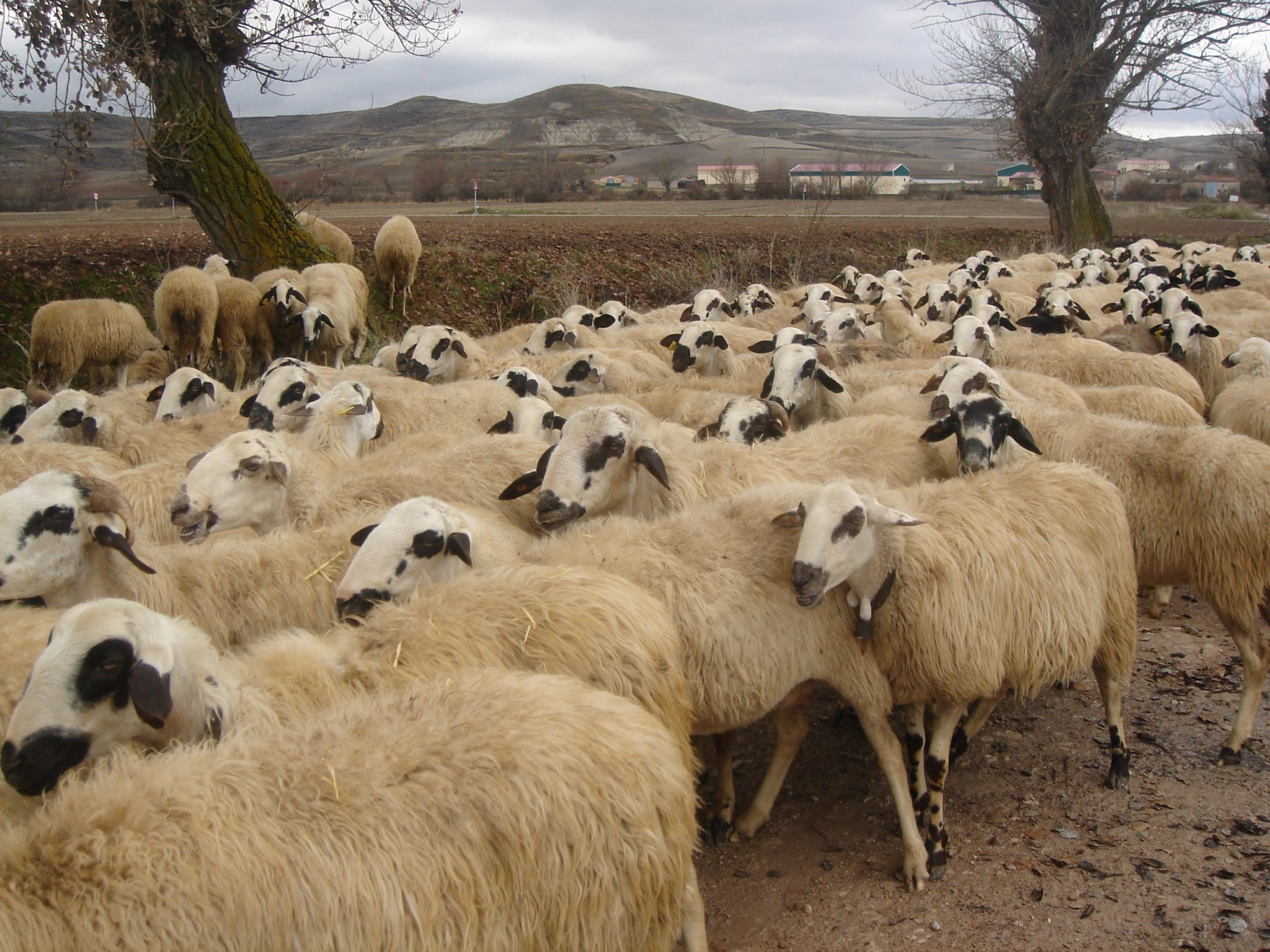
Production
In Texas, there are more hair sheep than wool sheep. Hair sheep tend to require less labor and the lambs are well suited for the non-traditional market.
Sheep contribute roughly $140 million to the state of Texas. Most Texas lambs are marketed around 70 pounds and sell for $2.00 per pound. The majority of sheep are sold direct into the non-traditional market; however, some lambs will be sent to feeders to be grown out to heavier weights prior to harvest.
In 2018, U.S. farmers and ranchers produced 150 million pounds of lamb. In addition, we imported 250 million pounds of lamb to meet the domestic demand, primarily from Australia and New Zealand.
The average American only eats 0.8 pounds of lamb annually. However, this demand has been steadily increasing. Ethnic consumers and millennials are growing the demand for lamb and mutton.
Like cattle, sheep are ruminant animals. They have four different compartments to their stomachs. The rumen, the largest compartment of the stomach, is the main site of fermentation. Rumen microbes digest plants eaten by the sheep into components that the sheep can use.
Sheep eat a wider variety of plants than cattle. Sheep prefer to eat forbs, commonly called weeds. Ranchers can better manage rangelands with sheep than cattle alone.
Due to their size, sheep are the preferred livestock species for small acreage landowners. A small flock or herd is suitable to the land base. Also, sheep don’t require as many facilities and equipment as cattle.
Sheep are more susceptible to internal parasites than cattle, specifically the barber pole worm. For this reason, most sheep are raised in arid regions of Texas where parasites are not as much of an issue.
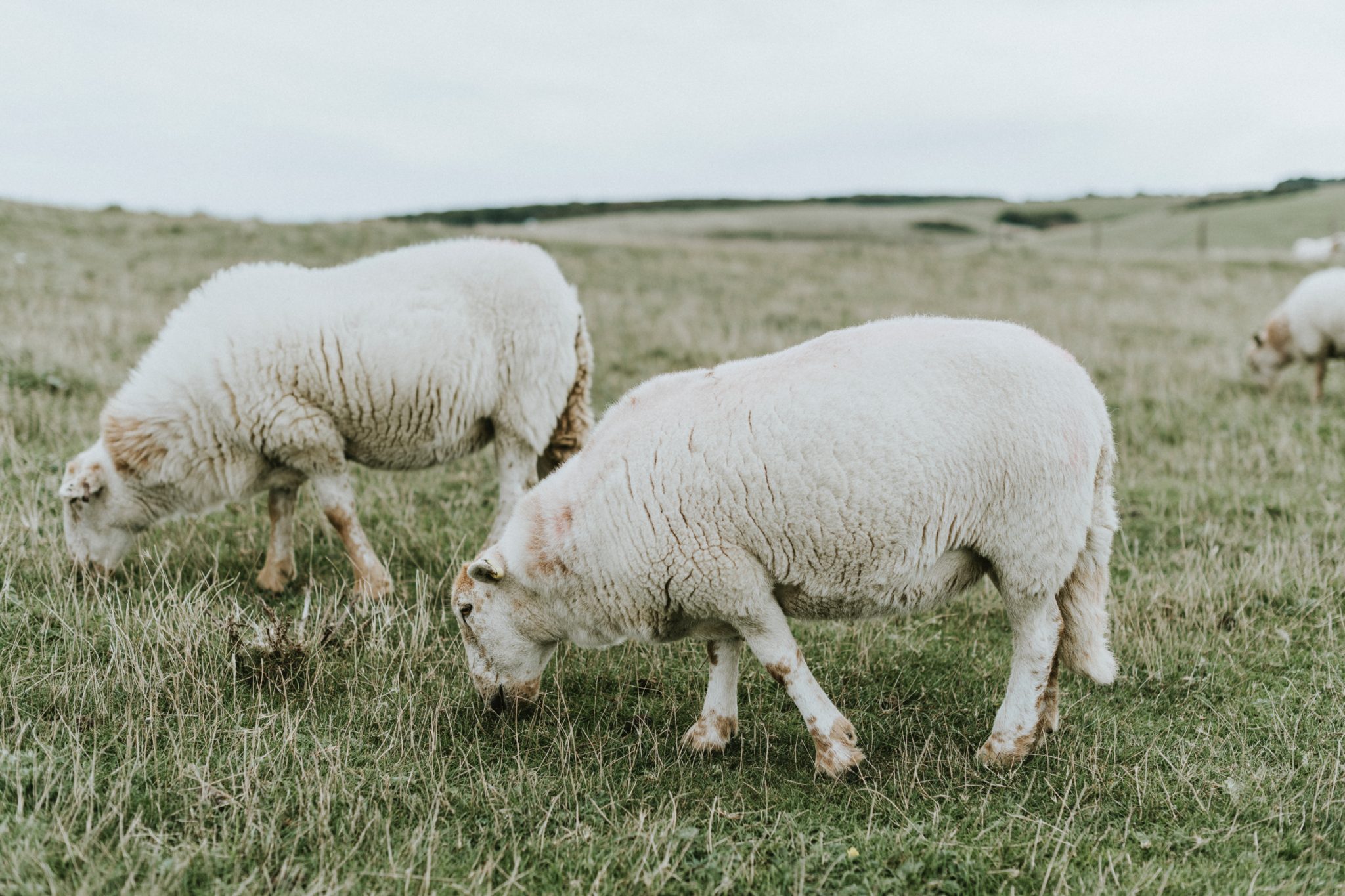
Predators
Unfortunately, sheep are prey animals for a number of wildlife and domestic species. Exclusion fences and livestock guardian animals are routinely used to prevent predation. The coyote is the primary predator of all classes of sheep in Texas, followed by the domestic dog. Other common predators of young lambs include:
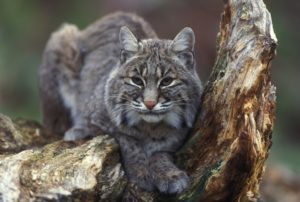


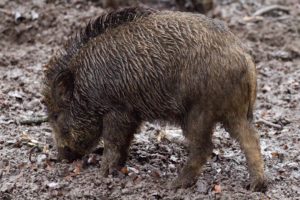
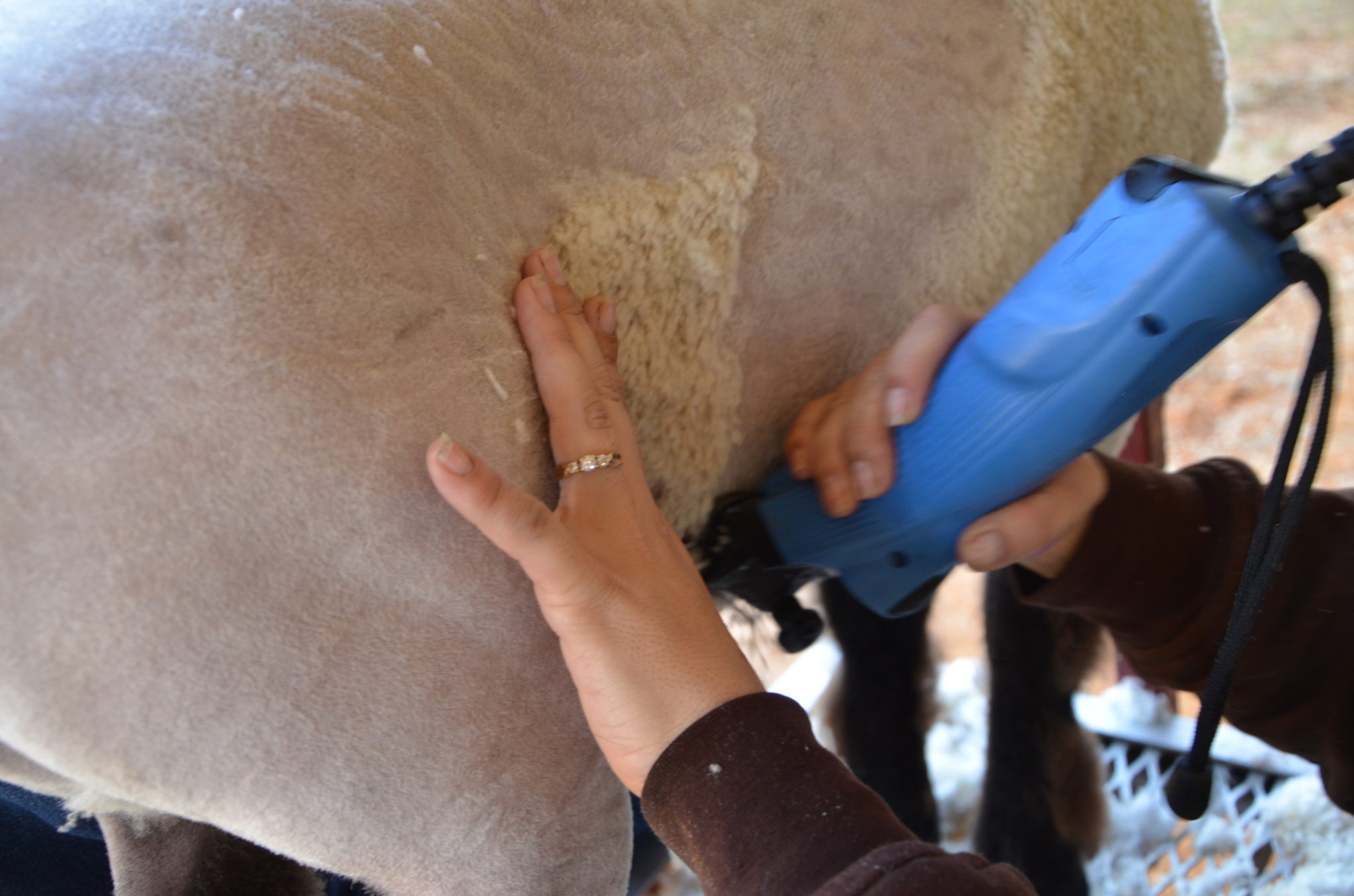
Processing the Commodity
Wool is protein based; therefore it is:
- durable
- fire retardant
- biodegradable
It can also hold 30% of its weight in water without feeling wet, which allows it to wick moisture away from the body and reduce body odor.
Wool has natural felting properties. This is why wool sweaters shrink when washed. However, super-wash technology has been developed to treat wool so that it won’t shrink. And felting isn’t always a bad thing. After wool has been woven into fabrics it is purposely felted. This gives the garments durability and wrinkle resistance.
We commonly think of wool garments as cold weather attire, such as sweaters and socks. But this is only true of one type of wool manufacturing. Advancements in our understanding of how to work with wool fibers of varying quality have unlocked lots of new and different uses for wool. For instance, wool shoes have been recently developed that created an entirely new market for wool.
We commonly think of wool as itchy and cannot be worn next to the the skin. However, wool from sheep specifically bred to grow extra fine wool can be made into next-to-skin garments, such as t-shirts or underwear. These garments are naturally better at controlling temperature and odor than synthetic fibers.
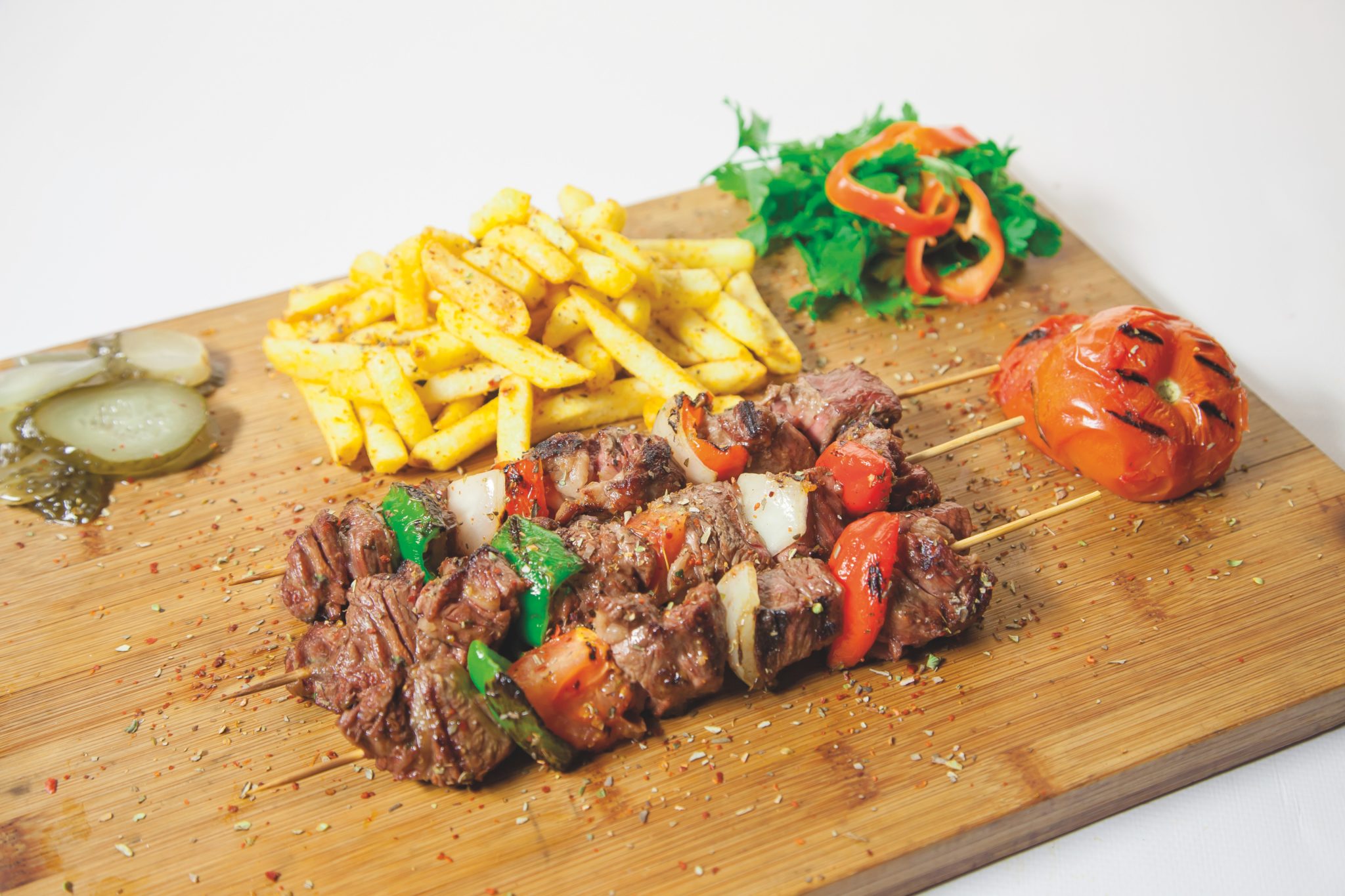
Preparing the Commodity
People are commonly intimidated by lamb and believe that it takes a skilled chef to properly prepare lamb. Lamb does have unique flavors compared to other red meats but most lamb cuts can be prepared very similar to beef.
- Lamb chops, ground lamb, and lamb kabobs are excellent on the grill. NOTE: Lamb fat is more volatile and flares easily over an open flame, so be careful not to overcook it.
- Leg of lamb and shoulder roasts are excellent for slow cooking or smoking.
- Ground lam, lamb stew meat, and lamb shanks are great for soups and stews.
- Sheep meat from animals yearlings or older is called mutton. Mutton has stronger bolder flavors. Some people are turned off by the aroma and flavor. Yet, some people prefer this bolder flavor, especially if they commonly ate lamb during their lifetime.
- Grassfed lamb tends to have stronger and bolder flavors then grain-fed lamb.
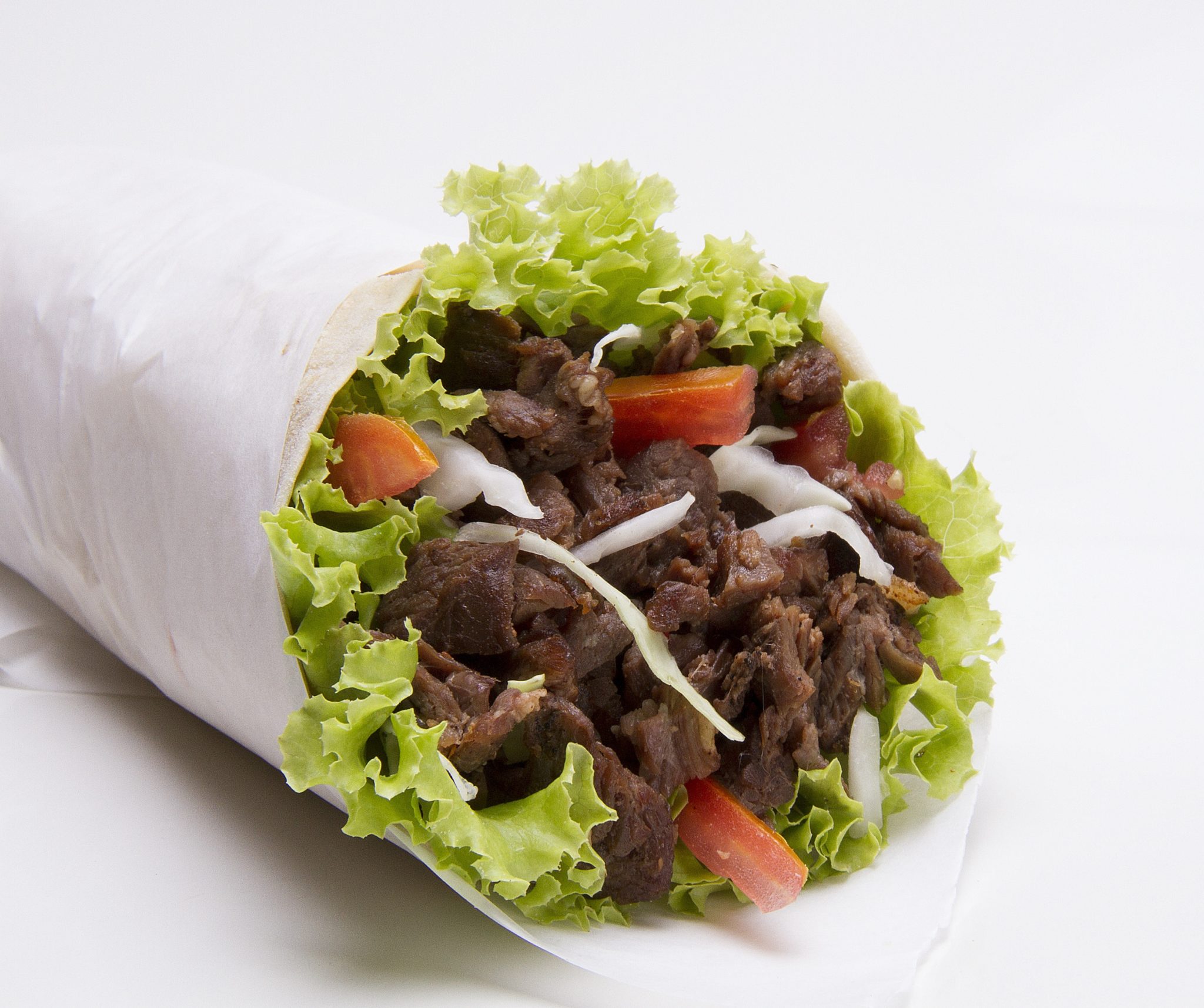
Health Connection
Did you know that a single 3 ounce serving of lamb is considered nutrient dense because it provides many nutrients and is relatively low in calories?
- A single serving can provide almost half of the daily protein requirement for an average adult over the age of 19. Lamb is an excellent source of B12 and Selenium.
- It is also considered a good source of 10 essential nutrients.
- Lamb is considered a high-quality protein because it includes all the indispensable amino acids, which are not synthesized in the human body and must come from food.
